TOFT ALAPCAS: THE LAST TEN YEARS
The last ten years at TOFT 2007-2017 have been all about selection and quality. Having spent the first ten years exploring the random nature of the alpaca genetics originally sourced from the Alti-Plano. Having finally achieved a level of consistency of colour in the whites and colours. We then progressed to a period of very honest and brutal assessment of our herd to come up with a strategy of how to progress towards a long term sustainable future.
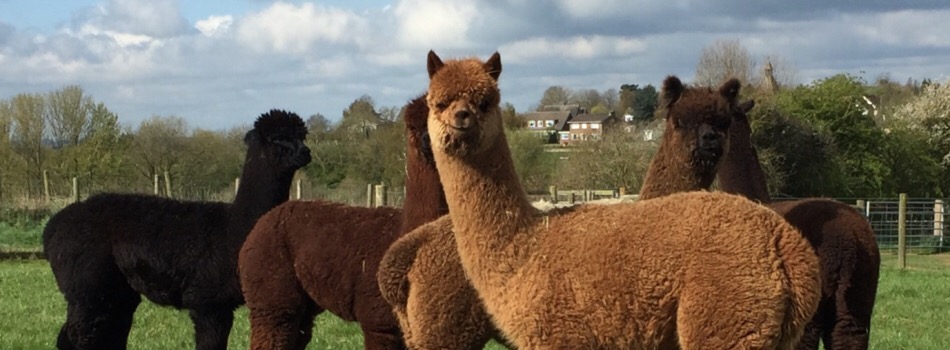 Much of our decision making was also informed by our adventures in creating exclusive luxury alpaca yarns and in buying in vast quantities of UK alpaca fibre form numerous breeders to supply the demand for the luxury TOFT brand. This is a saga in itself which is talked about elsewhere, but has resulted today in the TOFT brand for luxury yarn being recognised across the world.
Much of our decision making was also informed by our adventures in creating exclusive luxury alpaca yarns and in buying in vast quantities of UK alpaca fibre form numerous breeders to supply the demand for the luxury TOFT brand. This is a saga in itself which is talked about elsewhere, but has resulted today in the TOFT brand for luxury yarn being recognised across the world.
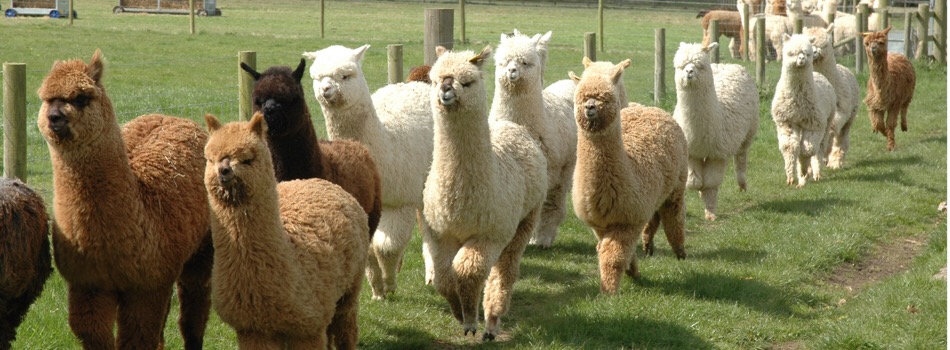 Back to the herd. It doesn’t take a genius to work out that if your alpaca coarsens out or develops a very strong primary fibre throughout its fleece as it reaches sexual maturity then the real alpacas’ usefulness as a fine fleece producer is only 3 -5 years for a male and two to four years for a female.
Back to the herd. It doesn’t take a genius to work out that if your alpaca coarsens out or develops a very strong primary fibre throughout its fleece as it reaches sexual maturity then the real alpacas’ usefulness as a fine fleece producer is only 3 -5 years for a male and two to four years for a female.
It is not enough to produce fine cria, it’s producing and maintaining fine quality adults where the money is. To create some sort of commercial margin alpacas, need to produce the maximum quantity of high value fibre that is possible in a year. Logic and real experience dictated that we needed a strategy of selection that concentrated on longevity of fineness and quality.
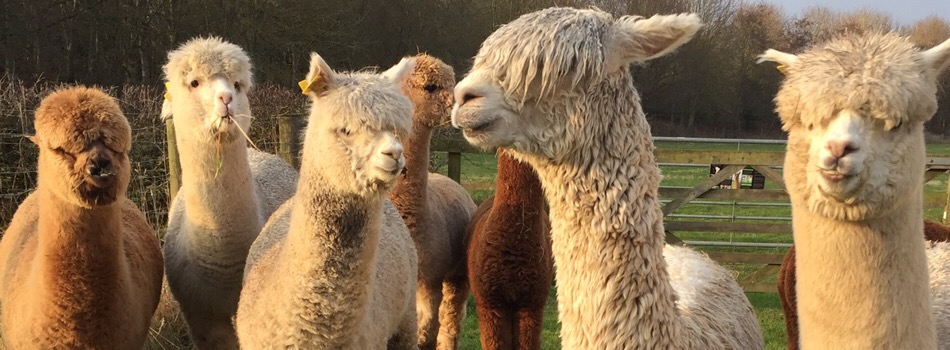 With the volumes of alpaca in South America this short-term quality issue is not necessarily a problem for all alpacas can be culled and enter the food chain by six years of age. Their relatively ‘small-scale’ international alpaca fibre industry can exist and create a margin by using the early fleeces and can disregard the alpaca for fine product once it gets older. In addition it is heavily subsidised by a low cost indigenous labour force.
With the volumes of alpaca in South America this short-term quality issue is not necessarily a problem for all alpacas can be culled and enter the food chain by six years of age. Their relatively ‘small-scale’ international alpaca fibre industry can exist and create a margin by using the early fleeces and can disregard the alpaca for fine product once it gets older. In addition it is heavily subsidised by a low cost indigenous labour force.
This is not really a viable option in the UK. It will take a very long time, if ever for alpacas to reach the millions, as in Peru where this kind of volume operation becomes viable. In the UK and Europe, we need maximum quality product off the back of the alpaca from the outset for at least ten years with minimal labour cost to make a sustainable volume alpaca fibre industry even to a cottage industry scale.
The TOFT emphasis started to change as we sought an alpaca that would produce a viable and useful fleece for most of its lifespan.
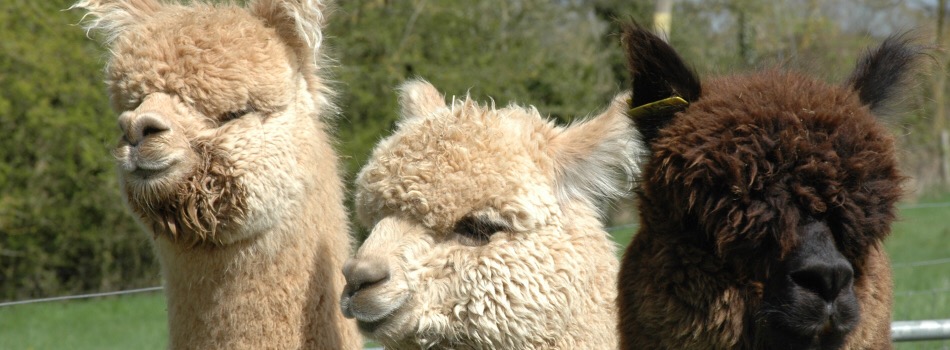 We began to select and source genetics from our herd and for our herd which demonstrated longevity of fineness and a distinct lack of guard hair coupled with consistency, uniformity and density. This is what we needed for TOFT the yarn brand. This is where the real added value is. So, this is where we go with a single focus which is still our priority today.
We began to select and source genetics from our herd and for our herd which demonstrated longevity of fineness and a distinct lack of guard hair coupled with consistency, uniformity and density. This is what we needed for TOFT the yarn brand. This is where the real added value is. So, this is where we go with a single focus which is still our priority today.
We were fortunate in that our brown alpaca Skywalker of TOFT our Champion Brown Male originally sourced in Peru carried these positive traits inherent in his genetics. So in the browns we were sorted The counterpoint to this is around 2007-8 TOFT was standing 1st, 2nd and 3rd in the brown class at the National Show, with very few options in males running alongside this with which to move forward.
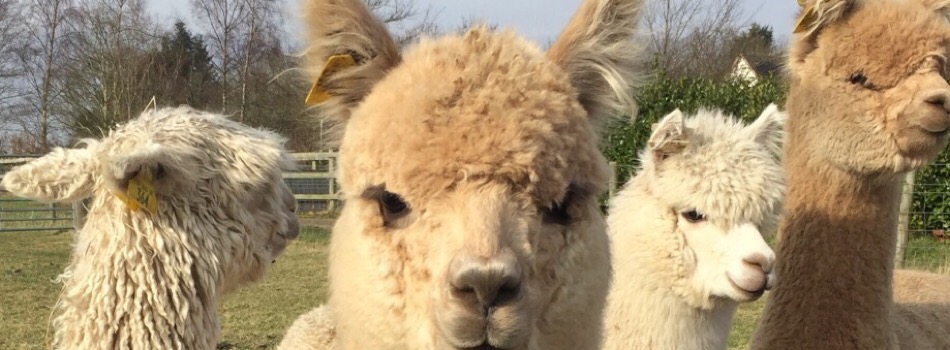 This resulted in us sourcing coloured genetics in Australia around 2008. We went out selecting alpacas there regularly for several years. We made contact with numerous breeders, attended their National show. We invested in Embryos in ET programmes, (A long and separate Saga, which is another separate story in itself.)
This resulted in us sourcing coloured genetics in Australia around 2008. We went out selecting alpacas there regularly for several years. We made contact with numerous breeders, attended their National show. We invested in Embryos in ET programmes, (A long and separate Saga, which is another separate story in itself.)
We toured Australia and sourced coloured males from top coloured herds only to find that many of them coarsened out prior to import screening when they were moved onto grass. Tilt! They had to be returned. We needed a genetic fineness that would pass the minimum standards set out in the BAS Import screening process and impressive as these young males were in their home environment. We could not accept shifts of 7-8 micron from the source the quarantine area let alone any major micron change as they served their 6 month quarantine is NZ and then after they reached our green and pleasant land. They were returned and we started selecting again.
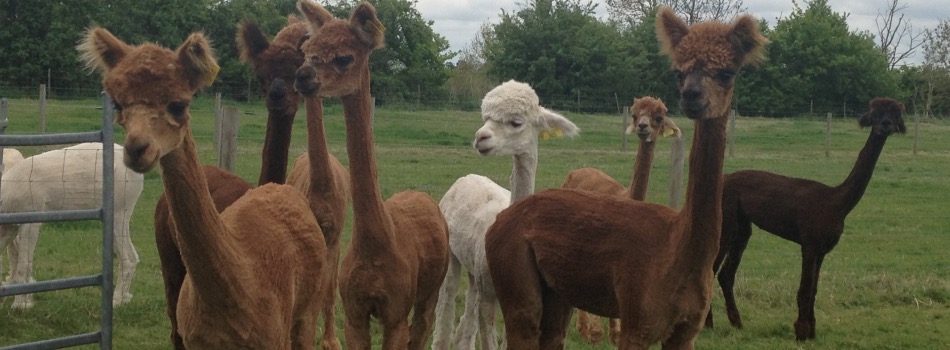 Eventually we imported a few young males with proven genetics and a reputation for longevity of quality in their fleece and offspring. To facilitate our access to Southern Hemisphere genetics we even set up a breeding herd in New Zealand with the aim of producing some quality males and females for import on a regular basis. This was a hit and miss affair we persevered with for several years. As always with alpacas, some of it worked, some didn’t. Eventually after five years or so of trying, the NZ Earthquake brought us to the conclusion that trying to maintain a herd in NZ was in the ‘too hard basket’.
Eventually we imported a few young males with proven genetics and a reputation for longevity of quality in their fleece and offspring. To facilitate our access to Southern Hemisphere genetics we even set up a breeding herd in New Zealand with the aim of producing some quality males and females for import on a regular basis. This was a hit and miss affair we persevered with for several years. As always with alpacas, some of it worked, some didn’t. Eventually after five years or so of trying, the NZ Earthquake brought us to the conclusion that trying to maintain a herd in NZ was in the ‘too hard basket’.
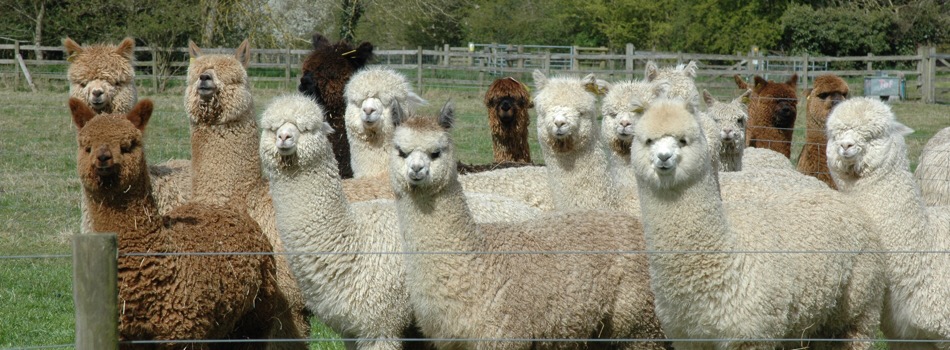 Yet, all was not lost. Those selected males and females that we brought into our herd from the Southern Hemisphere quietly started to produce the goods- once they had settled down. In our experience the trauma of the long quarantine process, change of grazing and weather patterns, often means that the alpacas take 18 months to adjust before their cycles are re-established in our environment. (Be warned- there is nothing short- term about alpaca breeding) Once they were firing on all cylinders they started to produce champions and show winners on a regular basis, the males added their genetics to our herd and TOFT started to move forward a pace.
Yet, all was not lost. Those selected males and females that we brought into our herd from the Southern Hemisphere quietly started to produce the goods- once they had settled down. In our experience the trauma of the long quarantine process, change of grazing and weather patterns, often means that the alpacas take 18 months to adjust before their cycles are re-established in our environment. (Be warned- there is nothing short- term about alpaca breeding) Once they were firing on all cylinders they started to produce champions and show winners on a regular basis, the males added their genetics to our herd and TOFT started to move forward a pace.
Eventually over successive seasons the consistency and quality we were looking for started to emerge. Once we got to mating the fourth-generation males and females then we made progress in leaps and bounds.
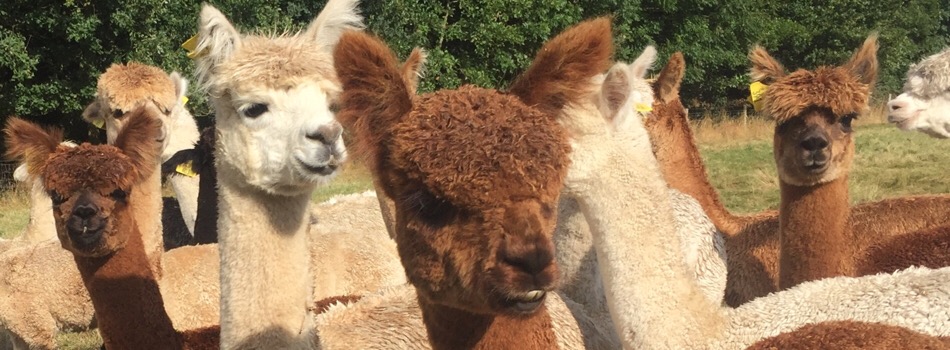 Today all our cria produce under 20-micron fibre at their first shear, with good density and a distinct lack of guard hair in the elite animals at the centre of our breeding programme.
Today all our cria produce under 20-micron fibre at their first shear, with good density and a distinct lack of guard hair in the elite animals at the centre of our breeding programme.
We have in the past ten years reversed the quality pyramid for our herd. From a small group of elites, to a larger good and number of average, we now expect, more elites and 'goods' and the poor alpaca is now the exception rather than the rule.
We now produce yearling alpacas and intermediates with superfine fleeces as low as 13 – 17 micron. We are breeding males and females that are maintaining their productive fineness well into their maturity. We are now seeing fleeces emerge throughout the herd in all colours with an impressive uniformity of micron both across the fleece and in the staple.
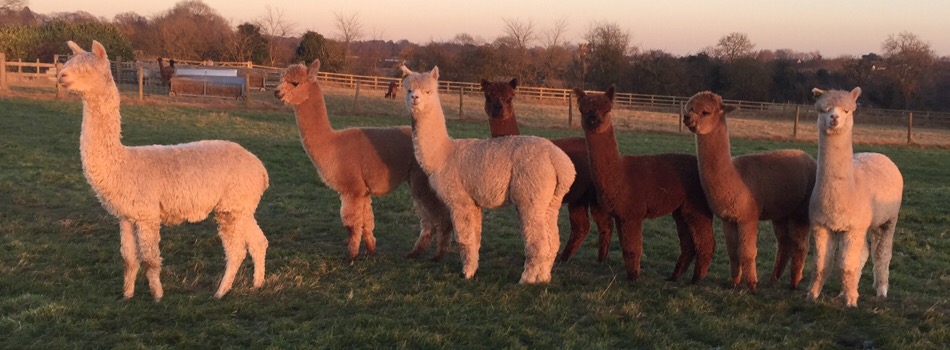
We continue to analyse and select. We continue to move forward, every season trying to breed better that the mother towards a quality of alpaca with longevity of consistency, uniformity, fineness, great density. Where we will end up who knows but the journey so far has been one of total fascination.
To read about the next ten years click here.